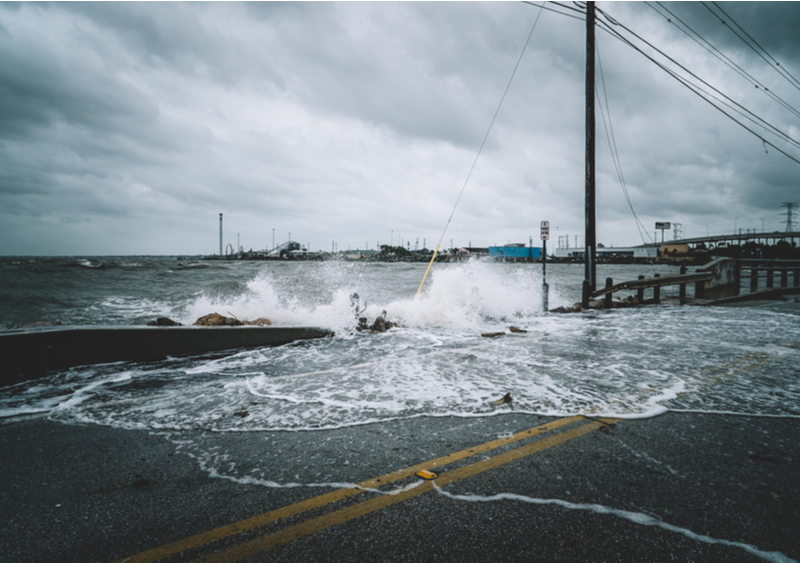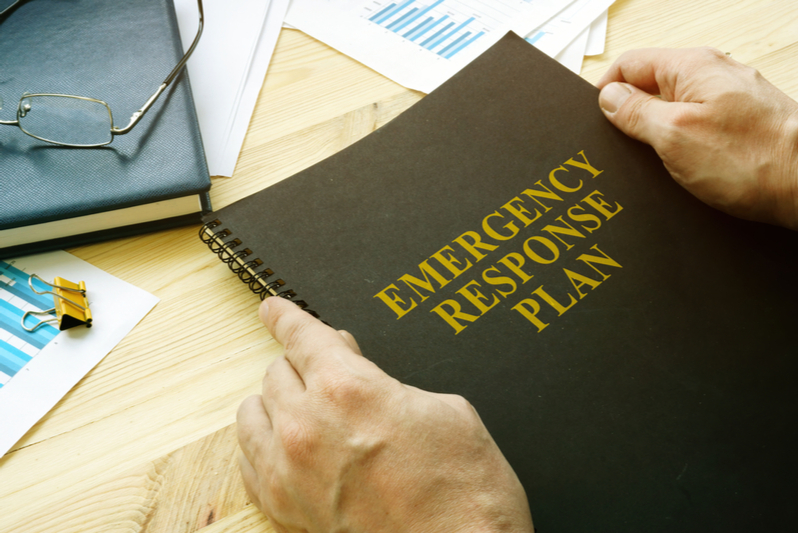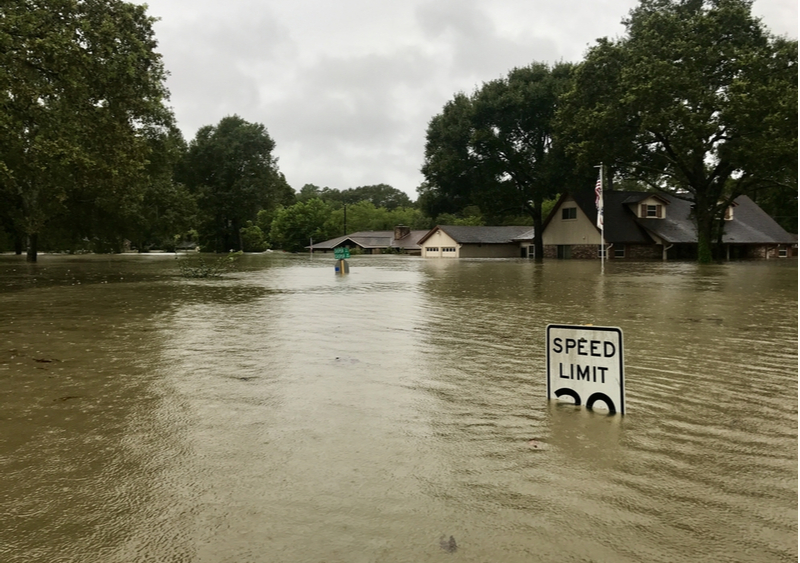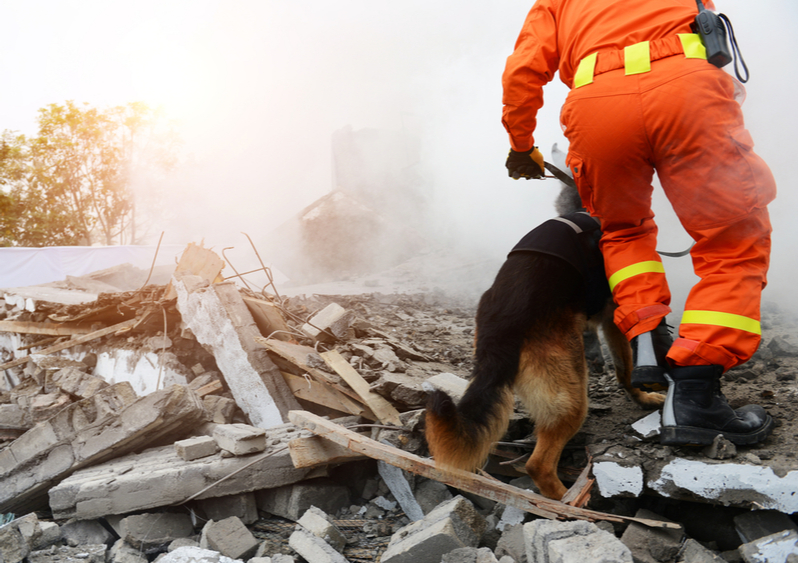In all the commotion of building your startup, it’s only natural that some considerations may have slipped through the cracks. Something that even the savviest business owner commonly overlooks is disaster preparedness.
You may be shocked to learn that natural disasters present a genuine threat to small businesses’ health and longevity. Even the most minor of disasters can cause irreparable damage in the long term. Federal Emergency Management Agency (FEMA) reports have found that 48 percent of all small businesses do not have an emergency disaster plan. Of companies unfortunate enough to be struck by a disaster, 40 percent are unable to reopen. The effects of a disaster are not always immediately apparent. Most businesses that fail following a disaster don’t necessarily close their doors right after an event. Often, it isn’t until later that year that revenue drops to a point where the business is beyond viability.
Disaster preparedness refers to measures put in place to protect a business from natural disasters. These can include floods, tornadoes, tsunamis, hurricanes, earthquakes, and fires. Disaster preparedness aims to reduce the risk of natural disasters, mitigate damage, and meet the needs of a business, its employees, and customers when damage does occur.
Disaster readiness does not necessarily entail a one-size-fits-all plan for businesses. Instead, it is more of a set of concepts that employers can use as starting points for developing site-specific measures and have a crisis management plan tailored to a company’s unique needs.
While the urgency of implementing a solid emergency plan will vary from location to location, depending on the region in which your business is located, it’s essential to acknowledge that a natural disaster is sometimes wildly unpredictable and can strike at the most inopportune moment. Below, we’ll discuss what steps you can take to protect your business from a disaster.

The first step to disaster preparedness and prevention is an assessment of the worksite. If you’re going to prepare yourself for the worst, you need to know what your business may come up against.
You must complete a risk assessment before you can enter the planning phase. Some items you should consider:

Once you’ve conducted the preliminary research, you can begin constructing your emergency plan. An emergency plan’s primary goal is to protect employees, contractors, clients, and guests in your facility during an emergency. Your emergency plan should reflect work-specific hazards.
For example, in a disaster that requires evacuation, there should be multiple, easily accessible exits. If there are multiple tenants in your building, coordinate an escape route with the building manager. You should have an established safe area to gather.
Employees should take cover during a lockdown or shelter-in-place, stay low to the ground and away from windows, turn off lights, and remain silent. During an earthquake, employees should stay inside (do not run), stay away from doorways, seek cover beneath a sturdy surface and protect their head area.
More tips:
You may be surprised to learn that data loss is one of the main culprits behind why companies fail following a natural disaster. When data loss occurs, an organization’s gears can grind to a halt, causing a major setback financially.
This is just one reason you should back up your electronic files and data and store it in an off-site location. Cloud-based storage is one option for backing up your files.
To ensure your data is completely backed up, you should take stock of your assets periodically and adjust your backups as necessary. This ensures that your stored data stays up-to-date.

A business continuity plan prepares organizations to move forward with operations after a disruptive incident such as a natural disaster. It is distinct from an emergency response plan in that a business continuity plan is strategic, whereas an emergency response plan is more tactical. A business continuity plan addresses the aftermath of an incident rather than what to do during the event.
Your business continuity plan should consider the possible economic and operational impacts of a natural disaster on your business. The action items in a business continuity plan should focus on getting your business back on track and generating revenue.
A business continuity plan should list:
Small businesses can lose capital, assets, and personnel at an alarming rate following a natural disaster. Your business continuity plan should focus on rebuilding these areas. To some extent, you will have to accept that your business will inevitably experience downtime in some departments. Rather than eliminating downtime altogether, an effective business continuity plan is strategic in reducing downtime in mission-critical activities.
An important step in your business continuity plan is to promptly check your disaster insurance covers and report any damage to the insurance company. This vital step is why it’s necessary to understand what your insurance covers. From there, you can decide whether you are comfortable with the level of security or want to expand your coverage. Be aware that incidents such as water damage and earthquake damage often require a policy rider. After disaster insurance has covered all eligible damage, you may decide to turn to property damage restoration services. Business continuity plans often contain detailed instructions on how to restore applicable types of property damage. This plan should also include training instructions for employees and managers.
More tips:
Following a natural disaster, your employees will need your full support, understanding, and cooperation. Unfortunately, personnel loss can be one of the most prevalent damages following an incident. Smaller companies can suffer from personnel damage more than large companies if they lack the technological resources to let employees work from home following a disaster. Employees may not be able to work at all after an incident and could be forced to quit. The psychological toll of a natural disaster may also play a role in personnel loss.
Three ways you can support your employees after such an event are:

Natural disasters are, quite literally, difficult storms to weather, and they are often all the more difficult for small businesses. In a study by the Chamber of Ecocommerce, small businesses that survived natural disasters were found to have one commonality: the ability to recognize the crux of their challenges and adapt to rise above them.
Emergency preparedness begins with identifying risk factors so that you can mitigate them wherever possible. Once you’ve conducted a risk assessment, you can implement an emergency plan to be followed during a disaster.
Prevention is the best protection against natural disasters, but sometimes disasters will strike despite the best preparation. It pays off to have a thought-out continuity plan and support network at the ready in these situations, as well as adequate insurance to back it up.